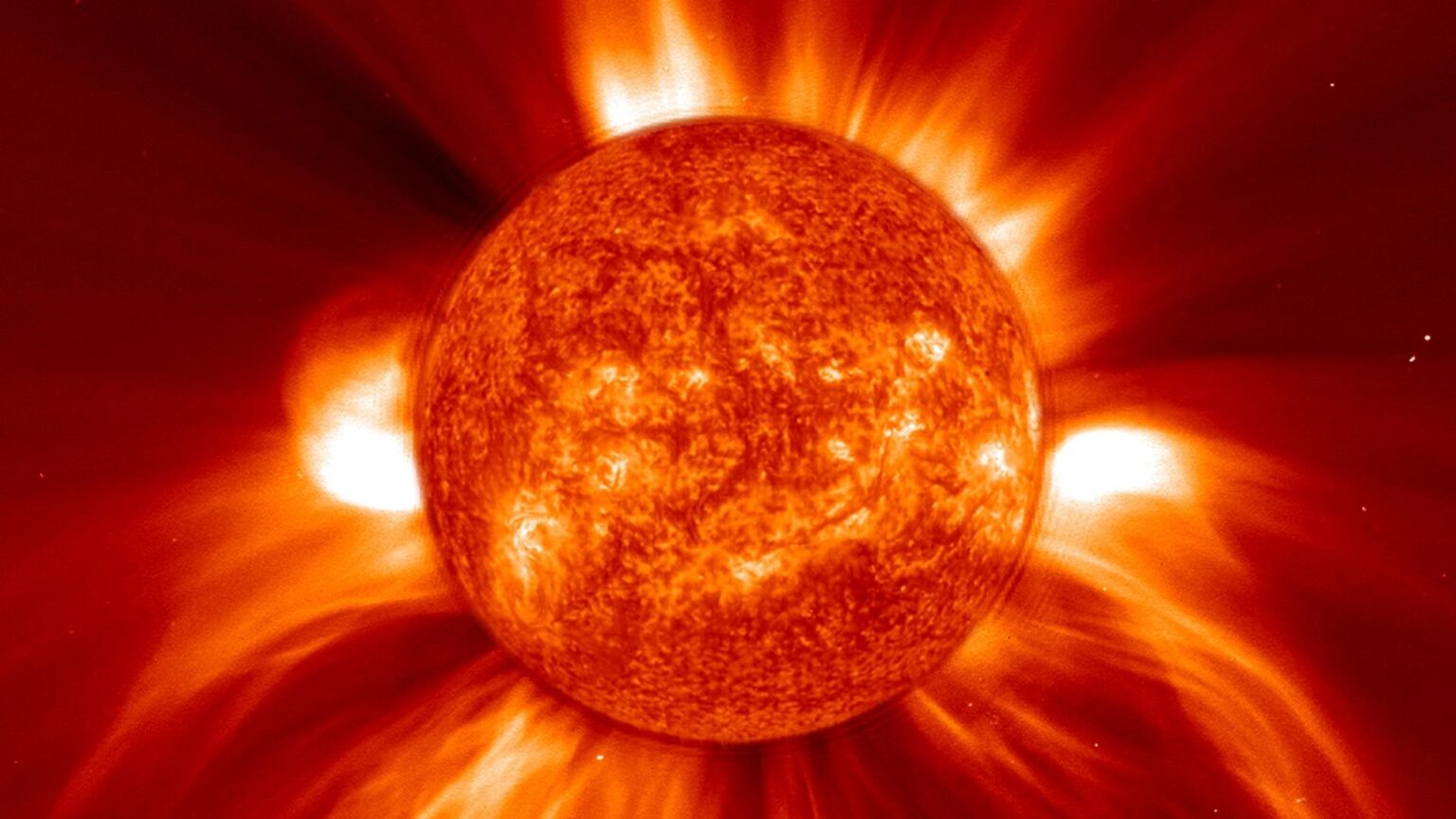A few days ago, an incredibly powerful flare occurred on the Sun. It did not touch the Earth, because it happened on the opposite side of the sun from us. But Mercury was subjected to such a powerful impact that X-ray auroras could form on its surface.

Flare on the Sun
On March 10, the incredibly powerful explosion occurred on the Sun. However, the stations in space and on Earth did not see it immediately. The fact is that it occurred on the opposite side of the sun from the Earth.
Only a little later, NASA’s Solar Dynamics Observatory, located in space, could see a long “thread” stretching from the northeastern edge of the luminary. Based on it, scientists could estimate the size of the explosion. It covered a section of the surface of our star, stretching for 500 thousand km. This is more than the distance from the Earth to the Moon.
SDO data showed that the explosion probably left behind a huge “canyon of fire” on the surface of the Sun, and also caused a large coronal mass ejection. In fact, a huge piece broke away from the Sun and flew into space. It subsequently crashed into Mercury.
This did not lead to any catastrophic consequences. Mercury is not used to such events at all. But the electrons crashed into the surface of the planet and released their energy. As a result, phenomena similar to terrestrial auroras should have appeared on the surface, but in the X-ray range.
Approaching the solar maximum
On its own, the described event is not too important. However, it can signal the beginning of processes on the Sun, which must be closely monitored. In particular, scientists say that this eruption shows that the solar maximum is already close. And it really will come faster than the researchers thought.
This means that soon, Class X flares and the same coronal mass ejections may rain down on our planet one after another. All these are powerful events, some of them are capable of disabling electrical networks on Earth, not to mention satellites in orbit.
And the worst thing is that they can happen completely unexpectedly. Flares occur over sunspots. Usually their formation can be tracked because it happens gradually. But sometimes even large groups of them are formed precisely on the hidden side of the sun.
Fortunately, NASA has at least one focus for this case. The Perseverance rover works on Mars and can sometimes observe the Sun from it. Therefore, it can see spots that are not visible from the Earth.
According to www.space.com
Follow us on Twitter to get the most interesting space news in time
https://twitter.comne/ust_magazine


